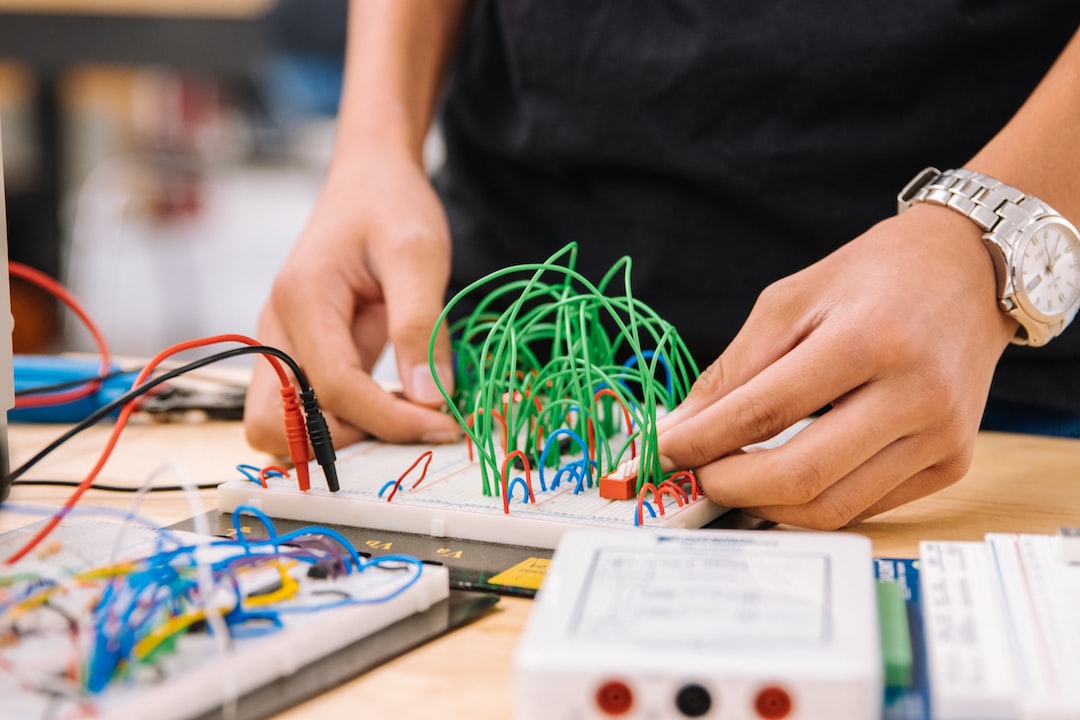Promoting Creativity in the Classroom
In today’s rapidly changing world, creativity has become an essential skill for students to succeed. The ability to think outside the box, come up with innovative solutions, and express oneself creatively are all highly valued in both academic and professional settings. Thus, it is crucial for educators to promote creativity in the classroom and provide students with opportunities to cultivate this skill. In this blog post, we will explore various strategies that teachers can adopt to foster creativity among their students.
First and foremost, creating a conducive environment is key to promoting creativity in the classroom. An atmosphere that encourages risk-taking, values diverse perspectives, and promotes open-ended thinking sets the stage for students to explore their creativity. Teachers can achieve this by fostering a positive classroom culture that values and celebrates creativity. This can be done through classroom displays showcasing students’ creative work, dedicating time for sharing unique ideas, and incorporating creativity into classroom discussions and activities.
Another effective way to foster creativity is by giving students the freedom to express themselves. Allowing them to choose topics or projects that interest them can increase their motivation and engagement, leading to heightened creativity. For instance, instead of providing a rigid rubric for a writing assignment, a teacher can encourage students to write creatively by letting them choose their own genre or format. This autonomy can encourage students to experiment, take risks, and think outside the box.
In addition, promoting collaboration can enhance creativity among students. Collaborative projects require students to work together, exchange ideas, and build upon each other’s creativity. This not only enhances their collective creativity but also develops important interpersonal skills. Group discussions, brainstorming sessions, and cooperative learning activities can all be effective ways to facilitate collaboration and creative thinking in the classroom.
Moreover, integrating technology can also be a powerful tool to promote creativity. With the widespread availability of smartphones, tablets, and computers, students have access to a range of digital resources and tools that can inspire creativity. Teachers can encourage students to use technology by assigning projects that involve multimedia presentations, digital storytelling, or coding. By integrating technology, educators can tap into students’ interests and provide them with avenues to express their creativity.
Furthermore, it is crucial for assessments to reflect and value creativity. Traditional assessments that focus solely on rote memorization and regurgitation of information may not accurately gauge students’ creative abilities. Instead, teachers can employ alternative assessment methods, such as portfolios, presentations, or open-ended tasks that allow students to showcase their creativity. By including these options, educators send a message that creativity is valued and an important aspect of learning.
Lastly, it is important for teachers to be role models for creativity. Demonstrating their own creativity and enthusiasm can inspire and encourage students to tap into their own creative potential. Teachers can share personal anecdotes or creative projects they have created, promote a growth mindset by celebrating failures as learning experiences, and provide feedback that encourages students to continue exploring and developing their creativity.
In summary, promoting creativity in the classroom is essential for developing students’ skills that are highly sought after in today’s world. By creating a conducive environment, allowing student autonomy, promoting collaboration, integrating technology, using alternative assessments, and being role models for creativity, teachers can empower their students to think critically, solve problems creatively, and express themselves innovatively. It is by nurturing and promoting creativity that educators can equip students with the tools they need to thrive in an ever-evolving society.

